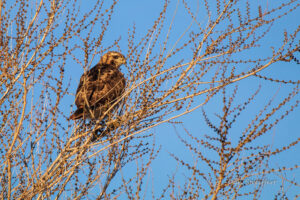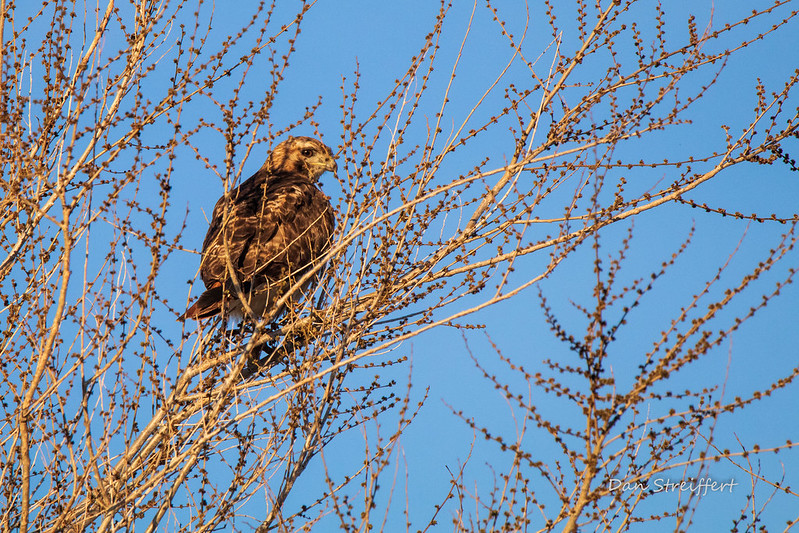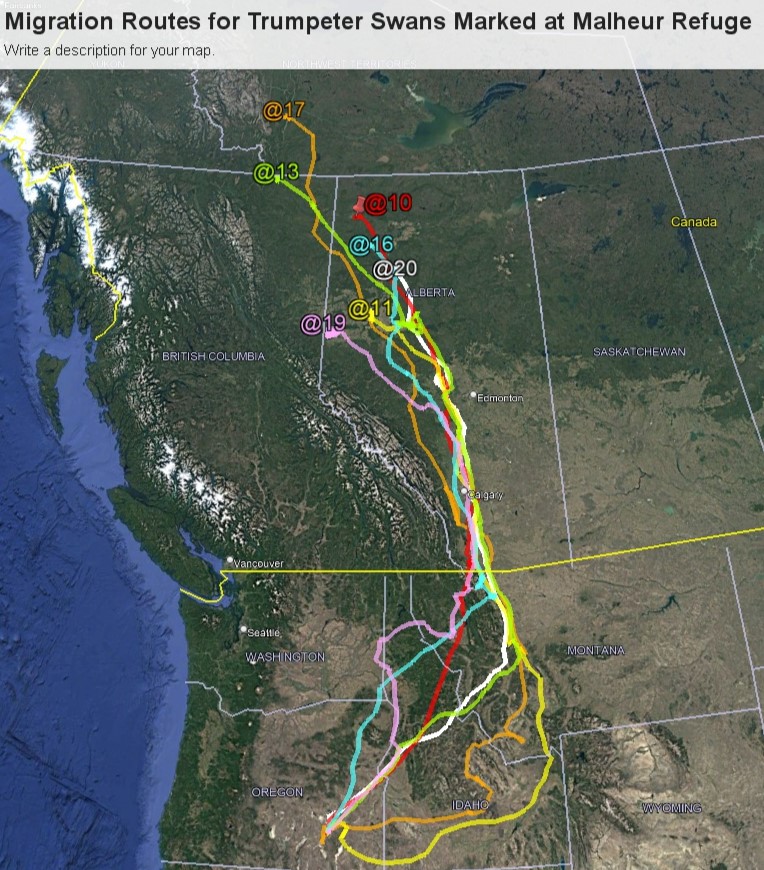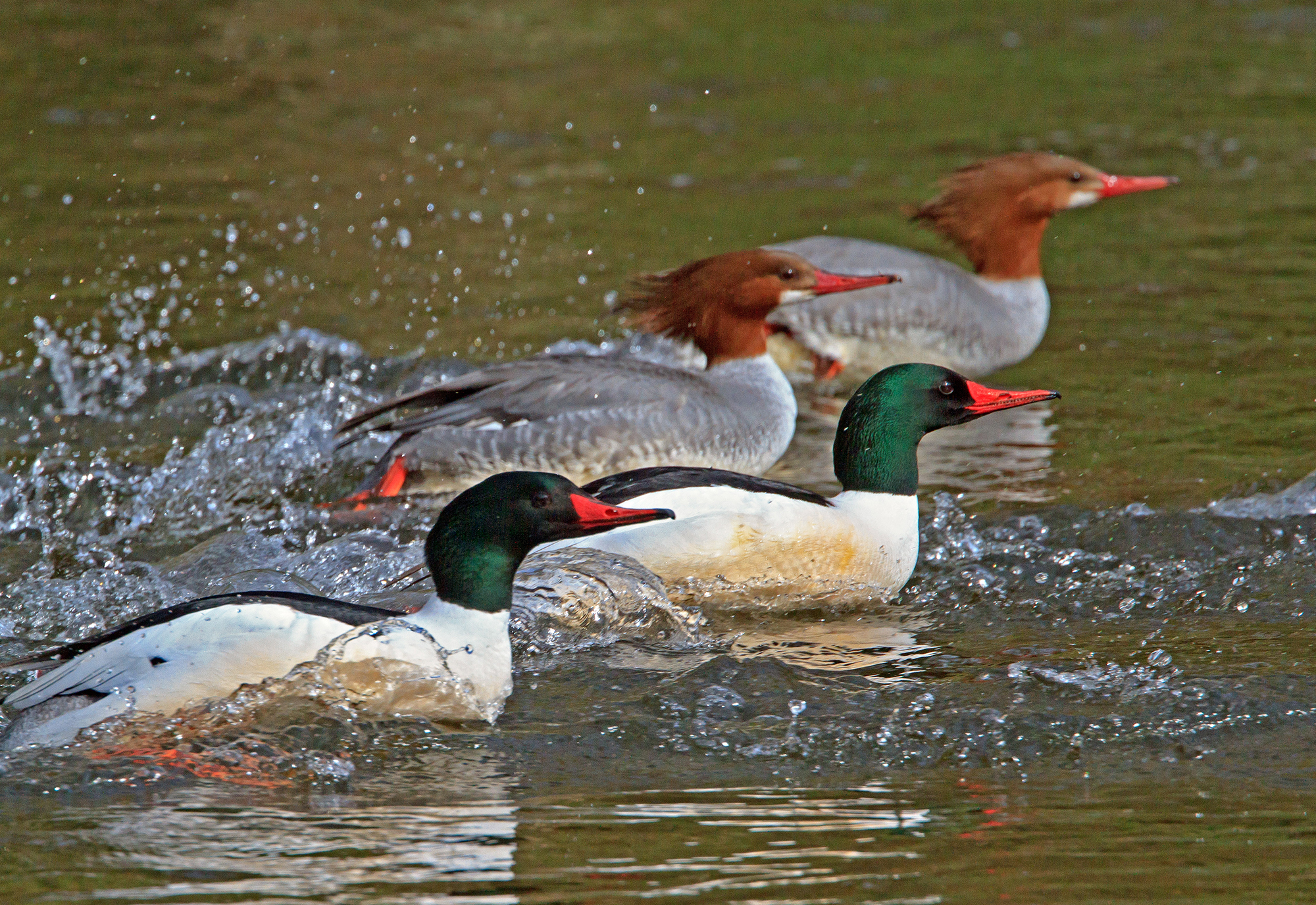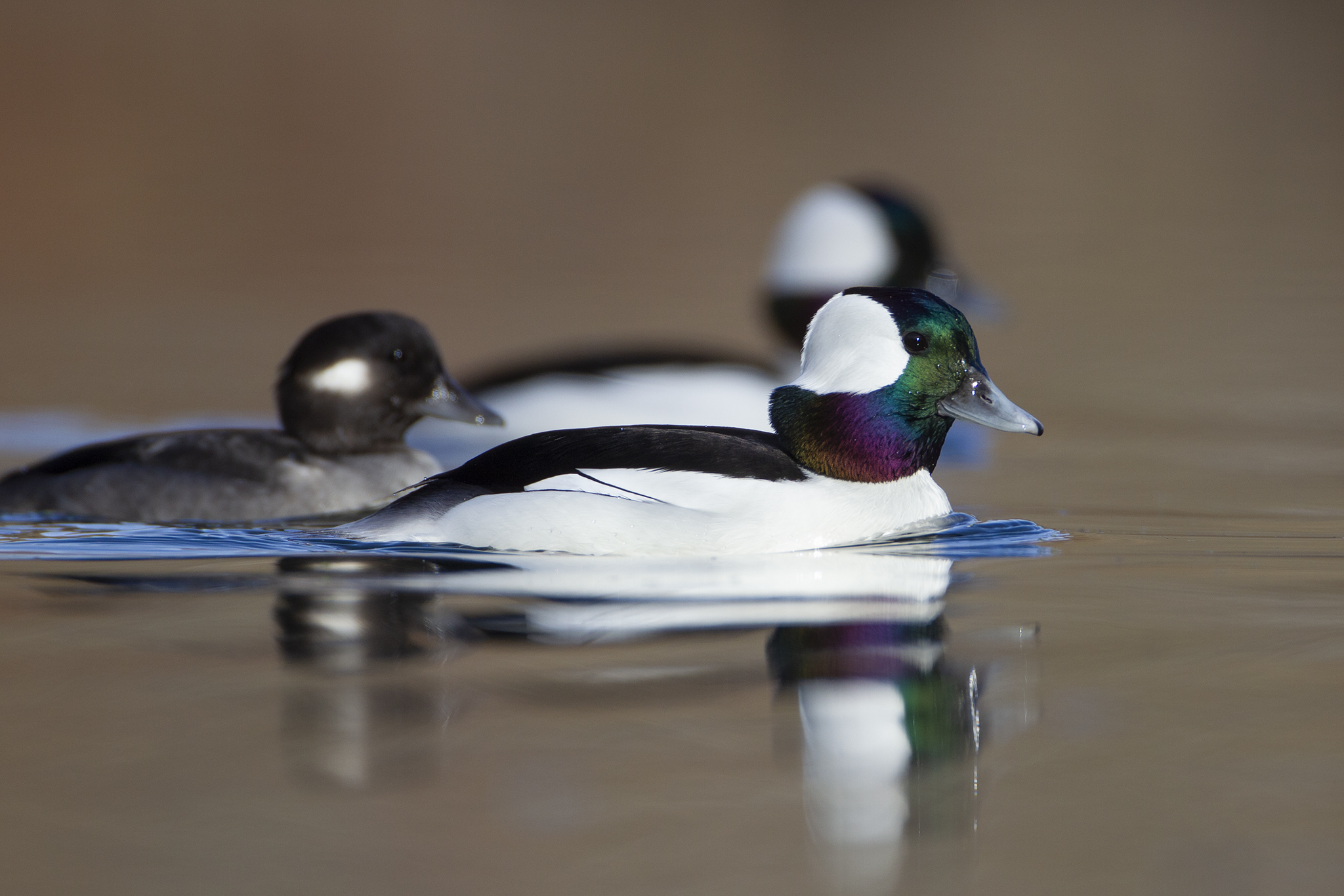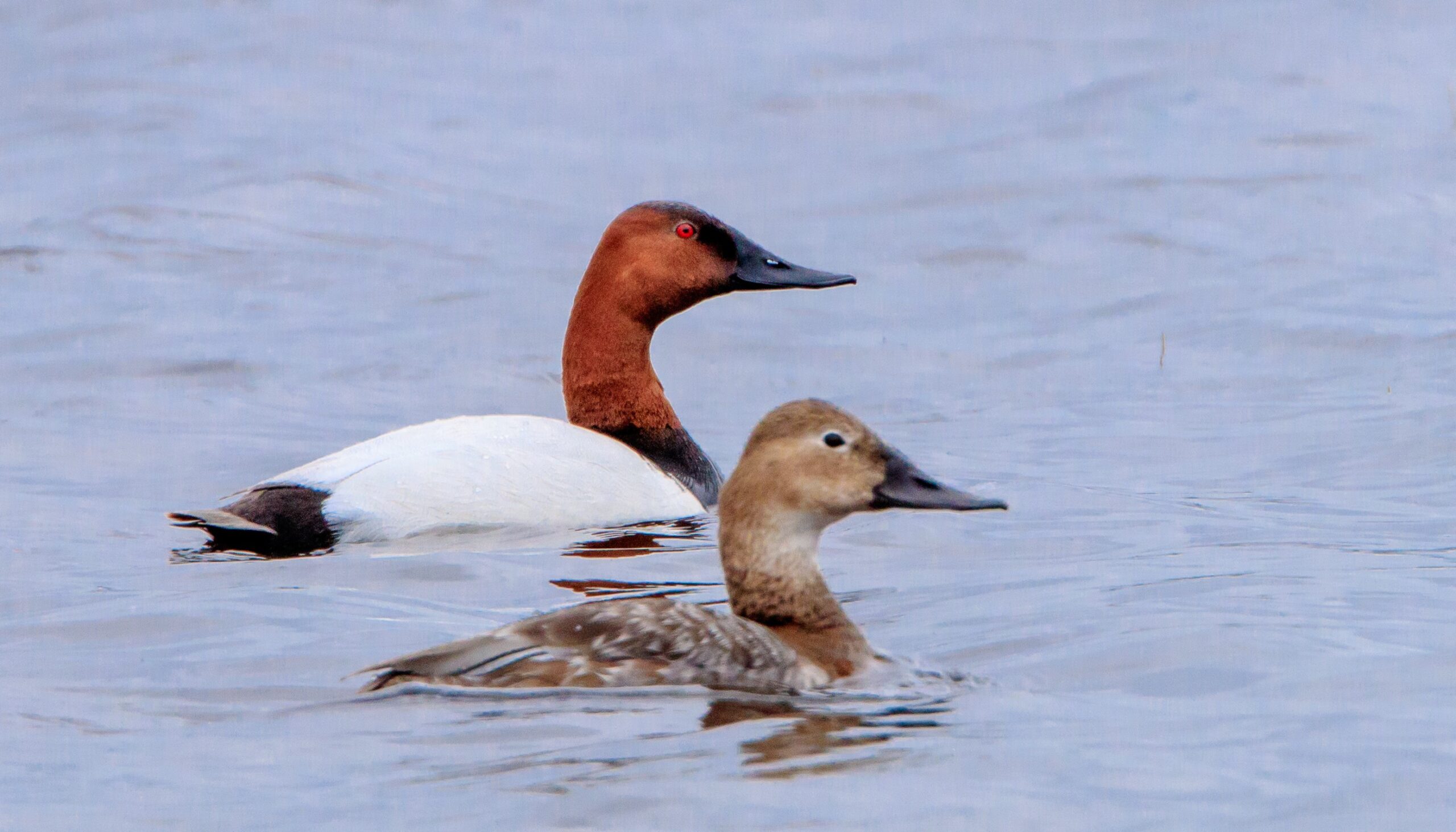Written by Janelle Wicks/Photos by Dan Streiffert
Marbled godwit (Limosa fedoa) is a large and unique shorebird, with their long, two-toned bill which is lightly upturned. These birds breed in the prairies of US states such as Montana and the Dakotas and central Canadian provinces. In the non-breeding season, they stick to coastal areas of the Americas. As they make the trip between their territories, they are a reliable, though not abundant, sight at Malheur during both spring and fall migration.
The marbled godwit can be found foraging in groups with other shorebirds such as willets, whimbrels, and long-billed dowitchers. Much like other shorebirds they feed on aquatic macroinvertebrates, worms, leeches, and small fish. Unlike their cousins, they switch to an almost exclusive diet of tubers during migration. They use their long sword-like bill to probe for and clip tubers.
 Marbled godwits can be distinguished from similar sized shorebirds by the year-round robust cinnamon color on the underside of their wings and the fact that their feet extend beyond their tail in flight. A whimbrel’s feet, for example, do not extend beyond the tail in flight. Of course, again there is that unique upturned bill which is orange at its base and black towards the tip.
Marbled godwits can be distinguished from similar sized shorebirds by the year-round robust cinnamon color on the underside of their wings and the fact that their feet extend beyond their tail in flight. A whimbrel’s feet, for example, do not extend beyond the tail in flight. Of course, again there is that unique upturned bill which is orange at its base and black towards the tip.
They territorial with males being known to defend areas 200 acres on average. They defend their territories by flying over 300 feet above ground and calling. Once paired, they will remain monogamous through the breeding season. Though the male and female will separate for the winter they commonly return to one another for subsequent breeding seasons.
They are ground nesters, laying their eggs in a depression of prairie grasses. The male will use their feet to stomp out several depressions in the short grass and the female will choose her favorite. A female marbled godwit will lay a clutch of three to five eggs, which will hatch after 23-26 days. The eggs are pale buff or olive with small dark brown spots and scrawls, After hatching, the chicks are precocial and can leave the nest within a day or two.


